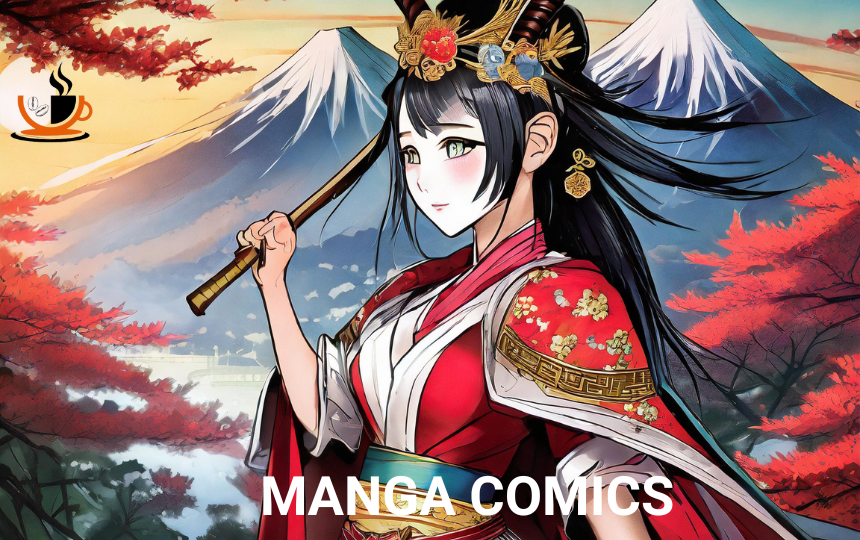Manga comics have become a global phenomenon, captivating readers of all ages with their unique blend of artistry and storytelling. Originating from Japan, manga has evolved into a diverse and vibrant medium that continues to grow in popularity worldwide.
What are Manga Comics?
Manga, a term derived from the Japanese word 漫画, refers to comics or graphic novels originating from Japan. These comics are characterized by their distinctive art style, typically featuring expressive characters and intricate panel layouts.
Popularity of Manga Comics
Manga has amassed a massive following both in Japan and internationally. Its appeal transcends age, gender, and cultural barriers, attracting readers from diverse backgrounds.
History of Manga
Origins of Manga
The roots of manga can be traced back to ancient Japanese art forms such as picture scrolls and woodblock prints. However, modern manga as we know it today began to take shape in the late 19th century with the introduction of serialized comic strips in newspapers.
Evolution over the Years
Manga underwent significant evolution throughout the 20th century, with the emergence of iconic artists like Osamu Tezuka, often referred to as the “God of Manga.” Tezuka’s work, including titles like “Astro Boy” and “Black Jack,” helped establish many conventions of the manga medium.
Artistic Style in Manga
Character Design
One of the defining features of manga is its diverse range of character designs. Characters often possess exaggerated facial expressions and distinctive visual traits, allowing readers to easily identify and connect with them.
Panel Layout
Manga employs a unique panel layout that enhances the storytelling experience. Dynamic page compositions and use of visual storytelling techniques such as “speed lines” contribute to the overall impact of the narrative.
Themes and Genres
Diversity of Genres
Manga encompasses a wide range of genres, catering to various interests and tastes. From action-packed shonen manga to heartwarming slice-of-life stories, there is something for everyone in the world of manga.
Common Themes
Despite the diversity of genres, certain themes are prevalent throughout manga. Themes of friendship, perseverance, and self-discovery are often explored, resonating with readers on a personal level.
Cultural Impact
Influence on Global Culture
Manga has had a profound impact on global popular culture, influencing everything from fashion trends to entertainment media. Its reach extends far beyond Japan, with manga conventions and fan communities thriving around the world.
Cultural Significance
Manga serves as a reflection of Japanese culture and society, offering insights into its values, traditions, and contemporary issues. Its ability to transcend cultural boundaries has made it a powerful tool for cultural exchange and understanding.
Impact on Other Media
Adaptations into Anime
Many popular manga series are adapted into anime, animated television shows or films. These adaptations often introduce manga to a wider audience and contribute to its mainstream appeal.
Influence on Western Comics
The influence of manga can also be seen in Western comics, with artists and writers incorporating elements of manga into their work. This cross-pollination of artistic styles has enriched the comic book industry as a whole.
Manga Around the World
Global Reach
Manga’s popularity extends beyond Japan, with millions of readers worldwide. Translations of manga into various languages have made it accessible to a diverse audience.
Manga Communities
The internet has facilitated the formation of online manga communities where fans can discuss their favorite series, share fan art, and participate in fandom events. These communities play a vital role in promoting manga and connecting fans across the globe.
Future of Manga
Technological Advances
Advancements in technology, such as digital distribution platforms and webcomics, are shaping the future of manga. These innovations offer new opportunities for creators to reach audiences and experiment with storytelling techniques.
Globalization
As manga continues to gain popularity internationally, collaborations between Japanese and foreign creators are becoming more common. This globalization of manga opens up exciting possibilities for cultural exchange and creative collaboration.
Conclusion
In conclusion, manga comics offer a fascinating blend of art and storytelling that captivates readers around the world. With its diverse range of genres, rich cultural heritage, and enduring popularity, manga remains an integral part of global pop culture.
FAQs
What is the difference between manga and anime?
Manga refers to printed comics or graphic novels, while anime refers to animated television shows or films based on manga or original stories.
Are there any famous manga artists?
Yes, there are many famous manga artists, including Osamu Tezuka, Akira Toriyama, and Rumiko Takahashi, whose works have had a significant impact on the medium.
How do I get started reading manga?
You can start by exploring different genres and series to find what interests you. Many manga are available in bookstores, libraries, or online platforms.
Can anyone create manga?
Yes, anyone with a passion for storytelling and artistic talent can create manga. There are no strict rules, allowing for creativity and experimentation.
What are some must-read manga series?
Some must-read manga series include “One Piece,” “Naruto,” “Attack on Titan,” “Death Note,” and “My Hero Academia,” among others.
